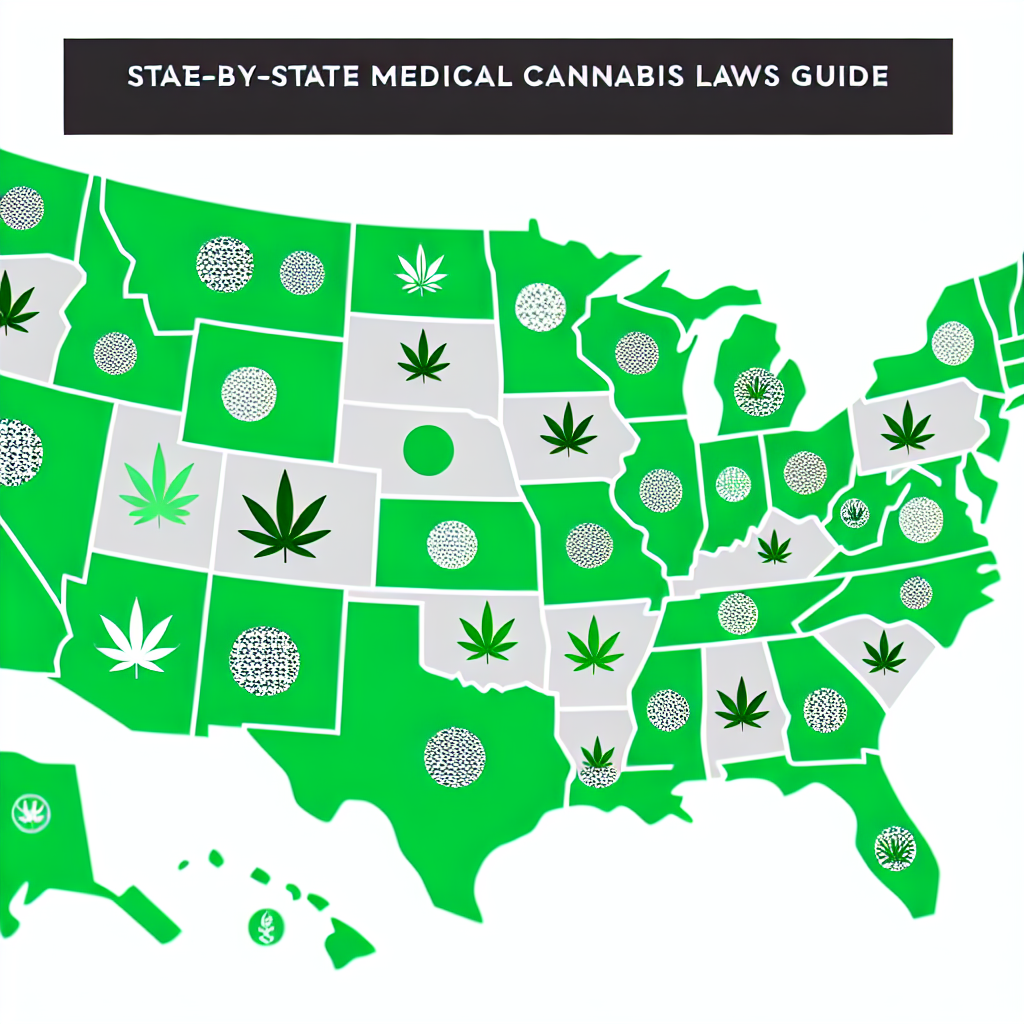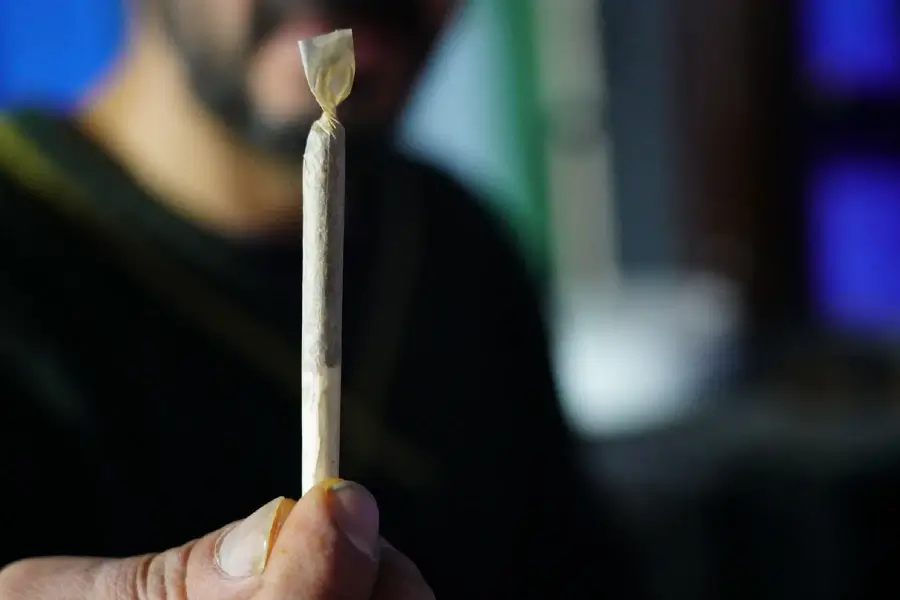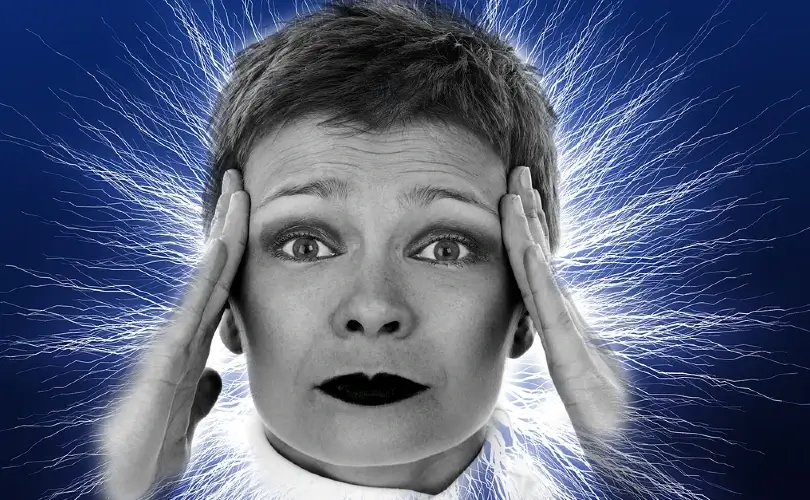State-by-State Medical Cannabis Laws Guide
Introduction: Understanding the Complex Landscape of Medical Cannabis Laws
Medical cannabis laws in the United States have evolved significantly over the past few decades, varying state by state in a complex and ever-changing legal landscape. While cannabis remains federally classified as a Schedule I drug under the Controlled Substances Act, individual states have taken steps to allow its medical use, with regulatory frameworks differing widely in terms of access, qualifying conditions, possession limits, and patient rights.
For many patients, healthcare providers, and industry professionals, navigating the patchwork of state regulations can be overwhelming. What is legal in one state may be entirely restricted in another, and policies often change due to legislative updates or voter initiatives. Some states enforce strict guidelines requiring patients to have debilitating conditions such as cancer, epilepsy, or multiple sclerosis, while others have expanded their programs to include chronic pain, PTSD, and even opioid use disorder. Furthermore, while some medical cannabis programs offer reciprocity for out-of-state patients, others strictly limit access to residents with in-state medical recommendations.
Beyond patient access, state laws also determine how medical cannabis can be dispensed, cultivated, and regulated. Some states permit home cultivation for patients, while others restrict purchases to licensed dispensaries. Additionally, restrictions on consumption methods, THC limits, and caregiver provisions vary from state to state. For example, in states like Minnesota, only non-smokable forms of cannabis were initially permitted (although restrictions have since loosened). Meanwhile, Texas has one of the strictest programs, allowing only low-THC cannabis oil for limited conditions.
Understanding the nuances of these laws is essential for patients seeking medical cannabis treatment, caregivers assisting loved ones, and professionals operating within state-regulated cannabis markets. Whether you are a new patient looking to apply for a medical marijuana card or an industry expert tracking regulatory trends, staying informed about state-specific laws ensures compliance and helps advocate for effective medical cannabis policies. This comprehensive guide provides an overview of U.S. state medical marijuana programs, helping you stay up-to-date with the evolving legal framework in the cannabis industry.
Scientific Research and Medical Cannabis: How Studies Influence State Laws
Medical cannabis laws are not just shaped by politics and public sentiment—scientific research has played a crucial role in influencing these regulations. As more studies emerge highlighting cannabis’s therapeutic potential, states continue adjusting their medical marijuana programs based on available evidence. Here are some key scientific findings that have contributed to changes in state medical cannabis laws:
Cannabis and Chronic Pain: A Proven Alternative to Opioids
One of the strongest areas of research supporting medical cannabis use is chronic pain relief. A landmark study published in the Journal of the American Medical Association (JAMA) analyzed multiple clinical trials and found robust evidence that cannabis-based treatments can alleviate chronic pain conditions, particularly for neuropathy and musculoskeletal disorders ([Hill, 2015](https://jamanetwork.com/journals/jama/fullarticle/2338251)). States like New York, Illinois, and Pennsylvania recognize chronic pain as a qualifying condition in their medical cannabis programs, allowing doctors to recommend cannabis as an alternative to opioids.
Epilepsy Treatment: How Medical Cannabis is Changing Lives
Much of the early state-level acceptance of medical cannabis was driven by compelling evidence of its efficacy in treating epilepsy—especially in children with refractory seizure disorders. The FDA-approved drug Epidiolex, a CBD-based medication, became a leading example of how cannabis-derived compounds can effectively manage conditions like Dravet Syndrome and Lennox-Gastaut Syndrome. States with restrictive cannabis laws, such as Georgia and Texas, have enacted limited medical cannabis programs allowing only low-THC CBD oils for epilepsy treatment ([FDA, 2018](https://www.fda.gov/news-events/press-announcements/fda-approves-first-drug-comprised-active-ingredient-derived-marijuana-treat-rare-severe-forms)).
Medical Cannabis for PTSD: Helping Veterans and Trauma Survivors
Scientific studies have also supported cannabis’s role in treating post-traumatic stress disorder (PTSD). A randomized controlled trial published in PLOS ONE found that cannabis use significantly reduced PTSD symptoms among veterans and first responders ([Bonn-Miller et al., 2020](https://journals.plos.org/plosone/article?id=10.1371/journal.pone.0238062)). As a result, states like New Mexico and Connecticut have added PTSD to their list of approved conditions, making medical cannabis more accessible to patients struggling with trauma-related disorders.
Medical Marijuana and the Opioid Crisis: A Life-Saving Alternative
Another important area of research has examined how medical cannabis programs impact opioid dependency and overdose rates. A study published in JAMA Internal Medicine found that states with legalized medical cannabis programs experienced up to a 25% reduction in opioid overdose deaths ([Bachhuber et al., 2014](https://jamanetwork.com/journals/jamainternalmedicine/fullarticle/1898878)). States such as New Jersey and Pennsylvania have since incorporated opioid-use disorder as a qualifying condition within their medical marijuana programs, offering a potential harm-reduction alternative for patients battling addiction.
Cannabis and Cancer Therapy: Managing Symptoms and Side Effects
Studies have demonstrated that cannabinoids may help manage cancer-related symptoms such as pain, nausea from chemotherapy, and appetite loss. The National Cancer Institute acknowledges that cannabis compounds can reduce chemotherapy-induced nausea and vomiting and improve appetite in patients undergoing cancer treatment ([NCI, 2021](https://www.cancer.gov/about-cancer/treatment/cam/hp/cannabis-pdq)). Many states, including California, Florida, and Arizona, have long recognized cancer as a qualifying condition for medical cannabis use, allowing patients to access cannabis-based therapies for symptom relief.
Conclusion: Staying Informed and Advocating for Better Cannabis Policies
As medical cannabis laws continue to evolve across the United States, it remains essential for patients, healthcare professionals, and cannabis industry stakeholders to stay informed about state-specific regulations. While scientific research has played a vital role in shaping policy decisions, state legislatures continue to update medical marijuana programs based on patient needs, emerging medical evidence, and public demand. Understanding these state-by-state differences ensures legal compliance and expands access to cannabis-based treatments for those who need them most.
By staying engaged with scientific studies and legislative updates, patients and professionals alike can advocate for more comprehensive, evidence-based medical cannabis policies nationwide.
Summary: This guide provides a comprehensive overview of the complex and ever-changing landscape of medical cannabis laws in the United States. It explores how scientific research on the therapeutic benefits of cannabis, including its effectiveness in treating chronic pain, epilepsy, PTSD, the opioid crisis, and cancer, has influenced state-level policy decisions. The guide emphasizes the importance of staying informed about state-specific regulations to ensure legal compliance and advocate for better cannabis-based treatments. By understanding the nuances of medical cannabis laws across the country, patients, healthcare providers, and industry professionals can navigate the patchwork of regulations and work towards more comprehensive, evidence-based policies.
References:
– [Hill, K. P. (2015). *Medical marijuana for treatment of chronic pain and other medical and psychiatric problems: A clinical review.* JAMA.](https://jamanetwork.com/journals/jama/fullarticle/2338251)
– [U.S. Food and Drug Administration (FDA). (2018). *FDA Approves First Drug Comprised of an Active Ingredient Derived from Marijuana to Treat Rare, Severe Forms of Epilepsy.*](https://www.fda.gov/news-events/press-announcements/fda-approves-first-drug-comprised-active-ingredient-derived-marijuana-treat-rare-severe-forms)
– [Bonn-Miller, M. O., et al. (2020). *The short-term impact of 3 smoked cannabis preparations versus placebo on PTSD symptoms: A randomized cross-over clinical trial.* PLOS ONE.](https://journals.plos.org/plosone/article?id=10.1371/journal.pone.0238062)
– [Bachhuber, M. A., et al. (2014). *Medical cannabis laws and opioid analgesic overdose mortality in the United States, 1999-2010.* JAMA Internal Medicine.](https://jamanetwork.com/journals/jamainternalmedicine/fullarticle/1898878)
– [National Cancer Institute (2021). *Cannabis and Cannabinoids (PDQ®)–Health Professional Version.*](https://www.cancer.gov/about-cancer/treatment/cam/hp/cannabis-pdq)




